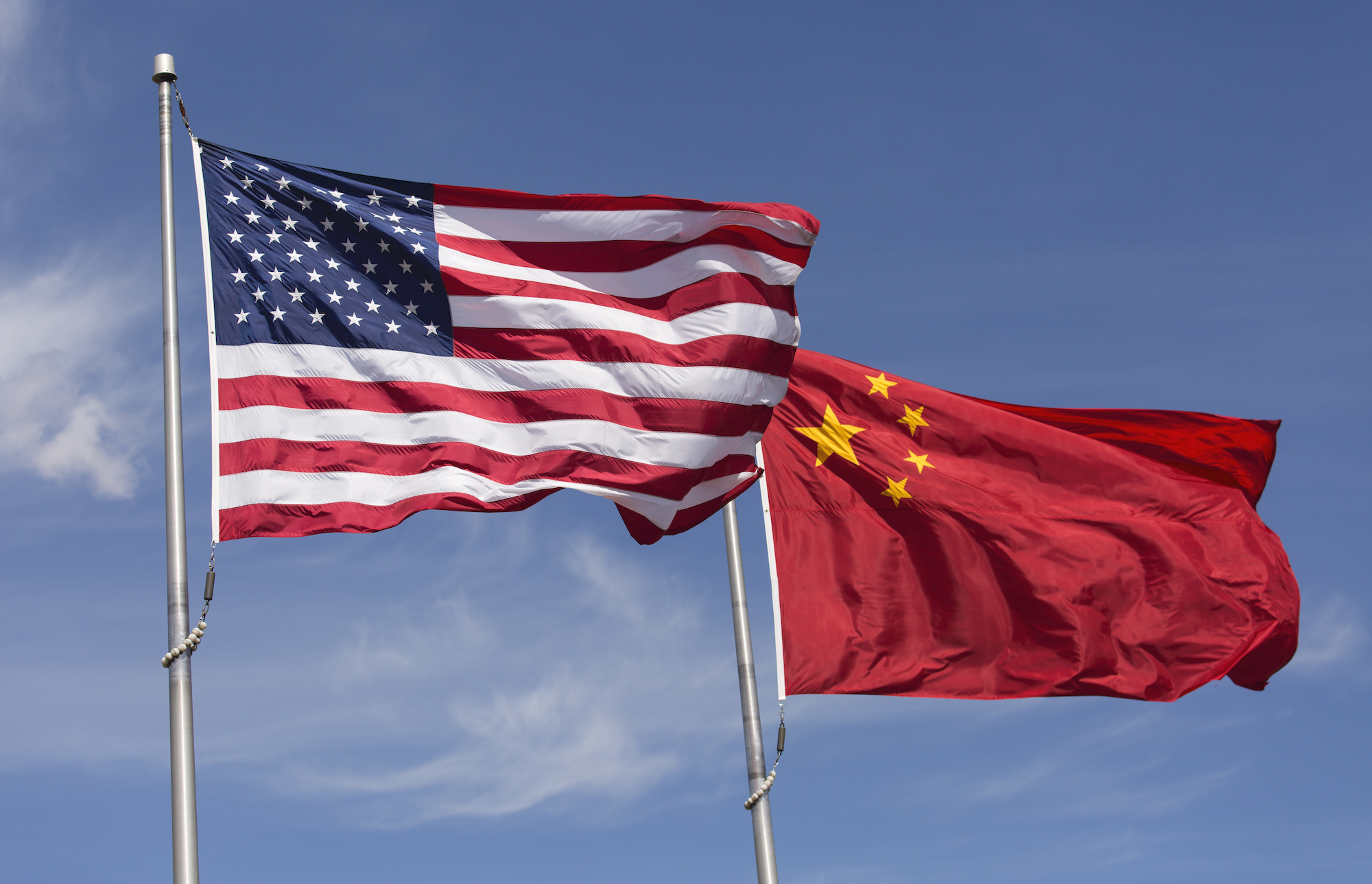If the United States does not find a framework for managing the US-China relationship—one that recognizes and manages the two countries’ serious differences while building on common interests—the world is going to be a very dangerous place.
This was the assessment that Hank Paulson, chairman of the Paulson Institute, delivered earlier this week to a virtual audience hosted by the global central banking think tank, OMFIF. Paulson was interviewed by Mark Sobel, chairman of OMFIF.
Looking back at the SED
Asked about the US-China relationship since his tenure as Treasury Secretary, Paulson reiterated his longstanding view that engagement with China has been in the best interest of the US.
In 2006, Paulson created the Strategic Economic Dialogue (SED) between the United States and China. The SED’s top-down structure reflected Paulson’s belief that those who have made the most progress with China have been the ones that understand how Beijing’s system works and are able to work within it to the benefit of the United States.
“If agreement can be reached at the highest levels, it makes it easier for the staff to finalize the details. One of the big issues [in 2006] was currency…another big issue was the imbalances—China saved so much more than they consumed,” he said.
“We focused on those two hard and we got results.”
Between September 2006 and January 2009, Beijing allowed the RMB to appreciate against the dollar by 13.8 percent. In 2007, the country’s current account surplus was 10.1 percent; it stood at 4.9 percent by 2009 and slipped to 1 percent by 2019.
In the one year of SED meetings before the financial crisis hit, the small team of high level SED participants were also able to reach agreements on a diverse range of issues, including food and product safety inspections, a 10-Year Framework for Energy and the Environment, which the Obama Administration built upon to limit greenhouse gas emissions, and an agreement that liberalized air travel to and from China.
The relationships that were built during these negotiations helped build personal links and lines of communication that were crucial in solving significant problems that could have led to a worse recession during the global financial crisis, according to Paulson.
Evolving relationship
Paulson says that the United States faces a “very different” China challenge today than twelve years ago. Part of the difference is structural. China’s economy has more than quintupled since 2006, from $2.7 trillion to $13.6 trillion today.
“The Chinese need to recognize that what was acceptable to the US when they were…a trillion dollar economy is no longer acceptable when they are a $13 trillion powerhouse exerting influence all around the world,” he said.
Paulson says he never expected China to become a Jeffersonian democracy or espouse Western values, but he was surprised at the extent to which Chinese president Xi Jinping has “turned the clock back dramatically” with regards to the role of the state in the economy.
As the United States considers its own strategy towards China, “The US has to recognize that China is too big to just simply dictate to.” He says a combination of the carrot and the stick will yield the best results and that we must be prepared to stand up for US interests but also seek areas of common interest where both sides can work together.
The US-China relationship has deteriorated in recent years. Paulson attributes this, in part, to the militarization of the economic relationship.
“There was…a hope that economic linkages would limit or mitigate the security competition we had,” he said. “What’s happened is that the security competition has bled into the economic competition.”
“There is pressure in both countries, but particularly in the US, to sequester technology in order to protect our national security,” according to Paulson.
Paulson says this is necessary in certain areas, but there is a real danger that we can go so far that in attempting to hurt China and isolate China we cut ourselves off from the rest of the world.
The pandemic has accelerated the downward spiral in the bilateral relationship. There are now over 400 bills in Congress focused on China in some manner; more than the anti-terrorism bills after September 11.
Challenge of decoupling
“There’s no country anywhere that I know of that is looking to decouple completely from the Chinese economy,” Paulson said.
“If we go too far and we try to push other countries to do things that are way outside of their economic interests and decouple from an economy which is the second largest economy in the world, the largest manufacturer in the world, the largest trader in the world, the largest builder of infrastructure in the world…it’s not going to work and we’ll end up isolated in the United States.”
Paulson said that the US advantage lies in working with its allies, and that is the way to put pressure on China for change.
US-China frictions are not going away soon, and are not simply a product of the personalities or politics of the current moment, according to Paulson. “The US-China relationship will be the defining geopolitical issue of this century.”





